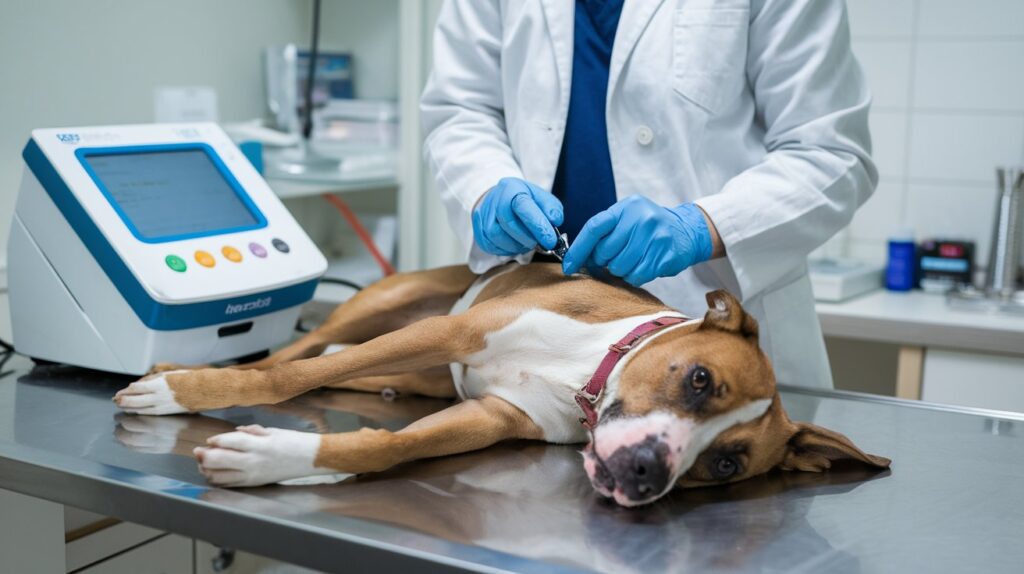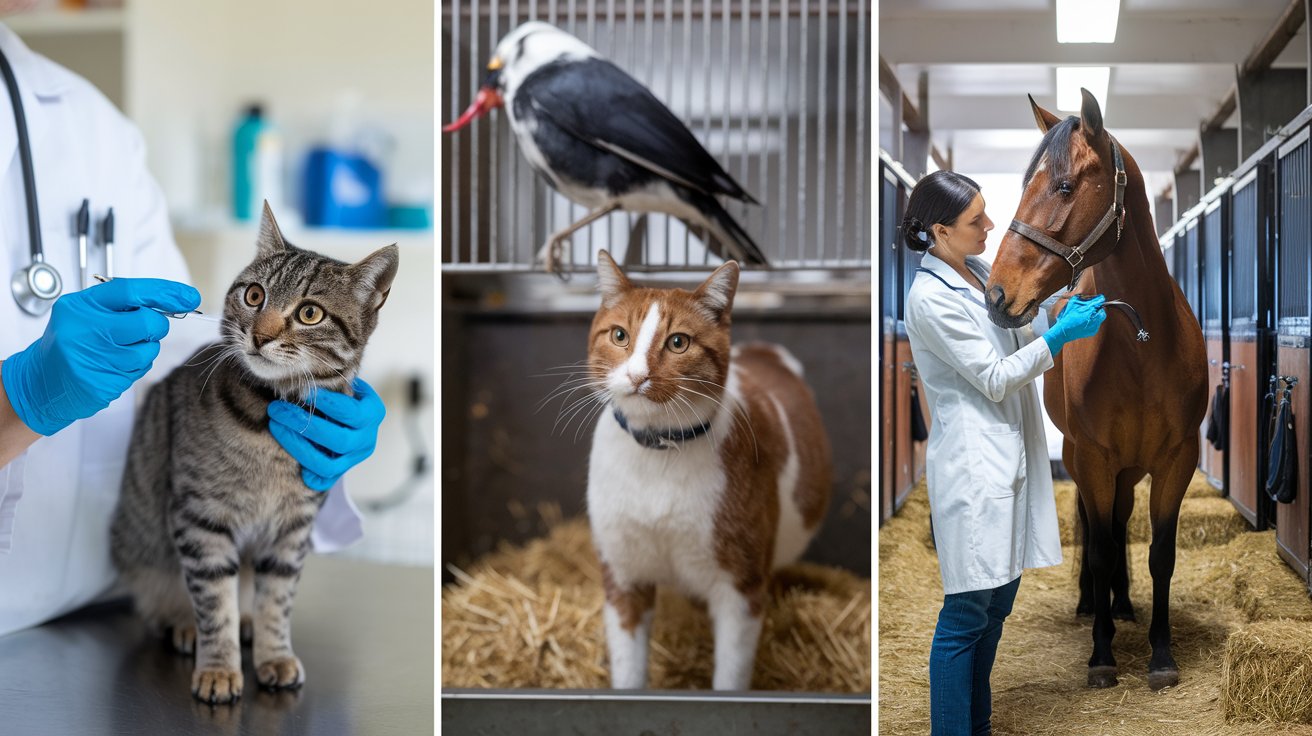Pet microchipping is an easy and uncomplicated procedure that every pet owner should perform on their beloved pets. When a microchip device is implanted into the dog it automatically increases the chances of getting reunited with the pet if it goes missing. Therefore, this article will discuss how microchipping in pets works, its benefits, the risks associated with the procedure, and most importantly, some important measures that everyone must follow to keep their pets safe.
What Is Microchipping in Pets?
This refers to the insertion of a small radio frequency identification device under the skin of pets, which is commonly known as a microchip. The microchip contains an individual identification number linked to the owner’s contact number. Microchips are different from collars or tags because they are permanent and cannot be lost, taken off, or unreadable.
How Do Microchips Work For Pets?
Pet microchips are small and cylindrical, about the size of a few grains of rice. They are also covered in a glass capsule that is inert and compatible with the tissue of the body. The capsule’s purpose is to help avoid the body’s rejection of this implanted device and to secure the place. The chip remains dormant until it comes into the range of a scanner which emits a radio frequency to stimulate the chip. At that point, the microchip sends a signal to the scanner with a specific identification code, which will provide the pet owner’s details contained in the pet recovery database.
Some of the Most Important Attributes About Pet Microchips:
Frequency: Microchips in the United States can function at various frequencies, such as 125 kHz, 128 kHz, and ISO standards 134.2 kHz.
Passive Device: Pet microchips do not contain a built-in power source as they can stay in an inactive state until the scanner powers them, Hence helping the lifespan.
Only Identification: These microchips are not meant to track GPS, hence do not track real-time data of the location but rather contain the identification details only.

The Procedure for Microchipping Pets
Microchip implantation is an easy procedure and involves similar steps as any other routine vaccination. It can be divided into the following stages in a chronological order:
- Preparation of the Pets by the Vets:
The microchip is implanted in another animal, and the veterinarian scans and checks for it on that animal.
The microbiologist will take care of the pet and the surrounding skin with disinfectants and antiseptics for the upcoming procedure.
- Injection:
For a pet such as a cat or a dog, the microchip, which is placed in a sterile applicator, is injected into the area between the shoulder blades.
For smaller pets such as birds, the veterinarian can use various other areas.
- Post-Procedure Care:
Some skin from the pet is pinched to apply pressure and also to make sure that the microchip does not fall out.
The pet owner is asked to limit strenuous activity for the next 24 hours to allow the implant to be established in the newly created site.
| Animal Type | Microchip Site |
| Dogs & Cats | Shoulder Blades |
| Bird | The left side of the neck |
| Horses | Left side of the neck |
Benefits of Microchipping in Pets
Microchipping has numerous advantages hence why every pet owner should consider it as a step that they should take up. Pet microchipping
- Permanent Identification
Since collars or tags can be removed or lost, microchips are a solution for pet identification.
- Increased Return Rate
Microchipped pets are significantly more likely to be reunited with their owners. U. S. Focused Studies:
- Dogs: microchip identification helps 52 percent of returning dogs and unidentifiable 22 percent.
- Cats: Microchipped cats return 20 times more often than non-microchipped cats.
- Compliance with International Travel
Pets require a microchip to the ISO standard if travel is sought to achieve internationally recognized pet accreditation statistics.
- Reasonably Priced with a Single Payment
The average price of microchipping a pet is between $35-$50 including the registration fee. It’s a one-time payment that has a lifetime advantage.
Risks and Considerations
Even though microchipping poses little danger, issues that pet owners should not ignore include the following:
Compatibility of Scanner: There is Although advanced technologies are compatible with the majority of scanning devices, it may happen that the scans do not work with some of the early invented frequencies.
Risk of Migration: Chances of this complication are minimal but microchips have been known to shift away from the intended area.
Health Problems: The only possible danger is in the form of occasional tumors forming at the site of injection but in most cases, this can be easily prevented with appropriate measures.

Frequently Asked Questions (FAQs)
- Is it possible to track the pet with the help of a microchip?
No, in a pet microchip, there are no GPS systems for active tracking. They only contain an identification number which assists in identifying pets that have been found.
- Can any scanner get my details?
No, your contact details cannot be unveiled through the microchip scanner. All that you can see is the microchip ID. All private contact details are kept in a pet recovery database accessible only to authorized personnel.
- After how long should I microchip my pet again?
A microchip is permanent and will remain in your pets for the rest of their life once implanted. It is not replaceable unless it has issues and the chances of that happening are very low.
- Is pet microchipping an unpleasant experience?
The chip insertion is akin to giving your pet a routine vaccination, therefore it does not have any pain. There is no need for general anesthesia.
Conclusion
Microchipping pets is simple, inexpensive, and effective when a pet gets lost providing a means of identification that aids in pet recovery. A microchip is however only effective if it has been registered with the owner’s current details. Don’t hesitate—ask your vet about microchipping your pet now!









